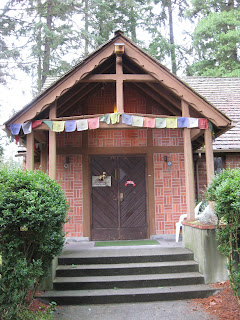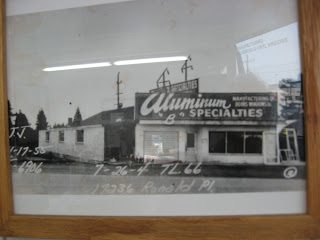| Can You Guess Where These Places Are? Add a Comment Below with Your Answers and We'll Identify Tomorrow!  |
| Amazing Trees in Shoreline in a Historic Place - Guess Where? |
More Places That Matter in Shoreline
Can you name them?
Where does this path lead?
 |
| Where do these steps lead? |
 |
| Sacred Place in the Forest? |
 |
| Where is this magic castle? |
 |
| A Creek, but where? |
Have fun!
<a href="https://connect.postrank.com/edit/3" title="Complete verification">
<img src="http://postrank.com/graphics/blog_claim.png?s=sqm2dli" />
</a>










































